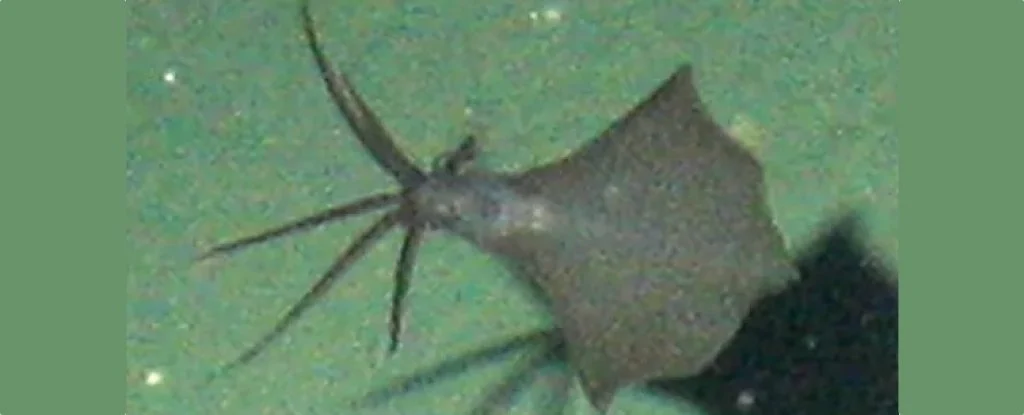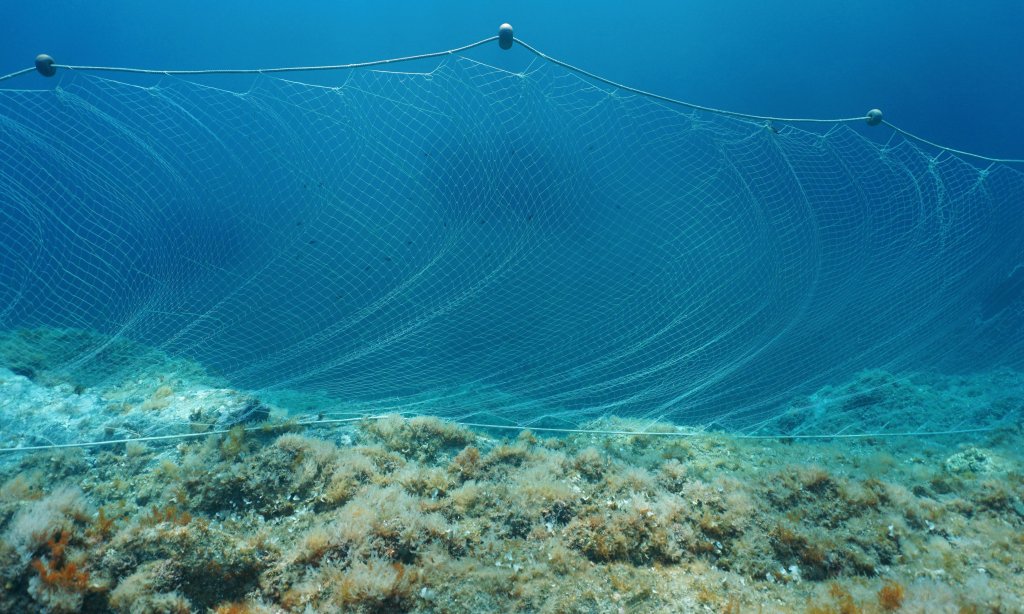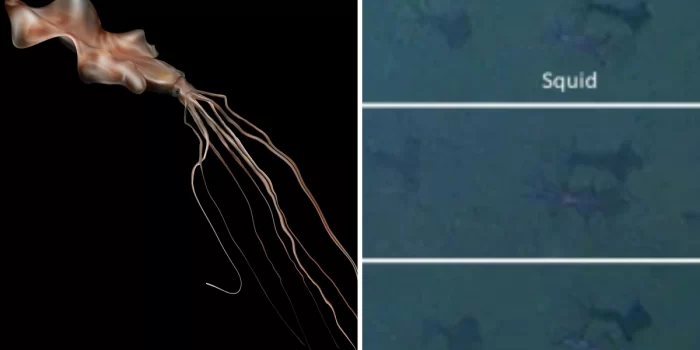When the crew of researchers and subsea explorers completed the deepest ever dive to a shipwreck of WWII earlier this year, the news was broadcasted. USS Johnston, which sank during an intense naval battle in 1944 was found by a team from Caladan Oceanic. It was found to be well-preserved, guns still pointing in the direction of the enemy. Just before their record-setting finding, they had made another subsea trip when they had carried out another descent to the seafloor, a dive that ended up being a few kilometers off the mark. Though they failed to find the wreck that day, they did find something else.

Cruising above the floor of the Philippine Trench at a staggering 20,300 feet below the surface, the bigfin squid became an instant record holder. The two-person submersible, piloted by Victor Vescovo, appeared to have glided past little more than mud and then more mud on its long journey through Philippine Trench, which lies 6200 meters below the surface. But then for just a few seconds, something strange moved in the distance.
The team wrote in a recent study that four Cirrate Octopuses were also recorded by them. These were the dumbo octopuses better known for their fins that resemble elephant ears.
According to the study, this is just the second time that dumbos have been observed so deep, illustrating that the earliest observations related to the floppy-finned cephalopods in Java Trench were not just a fluke.
These observations have raised some questions like, “How do bigfin squids manage to live physiologically at depths ranging from 3,200 to 19,600 feet?” This was also mentioned by Vecchione in study.

Researchers have found the bigfin in March, 2021. The researchers filmed their dive to the bottom of the Philippine Trench where they have explored for more than three hours by using the manned submersible DSV limiting factor. Because the squid’s tentacles were short, divers hypothesized that the deep-dwelling cephalopod was a juvenile.
The team published their research on 2nd December 2021, in the Journal Marine Biology


